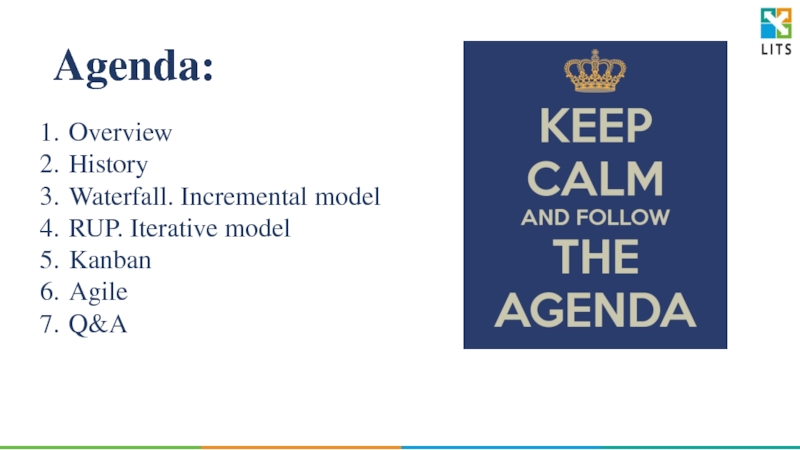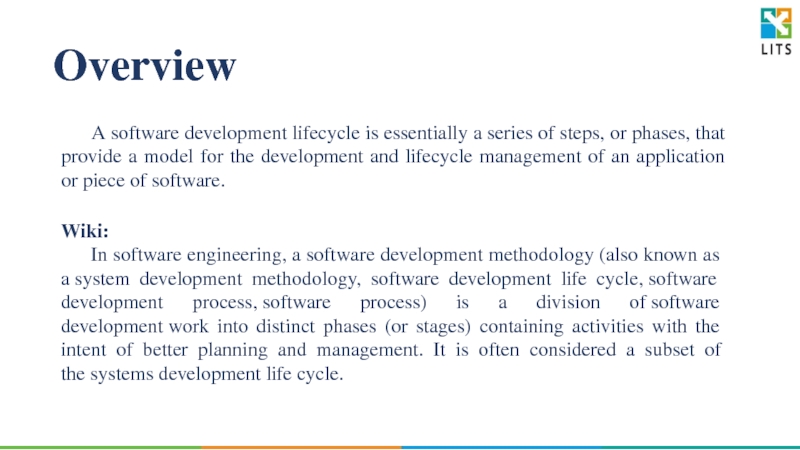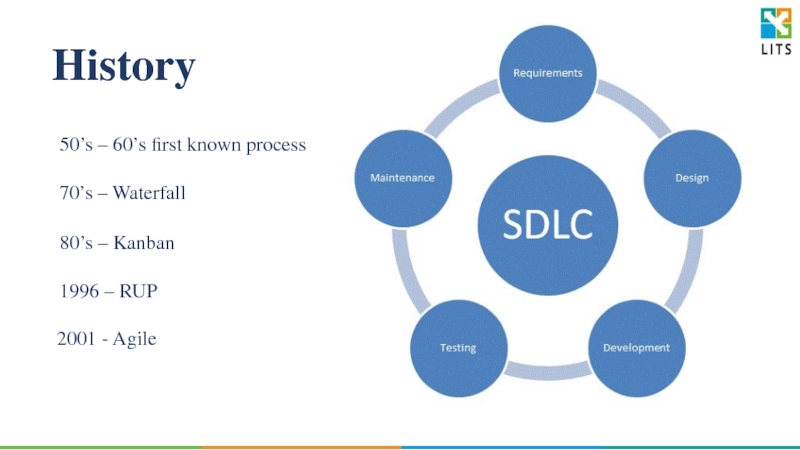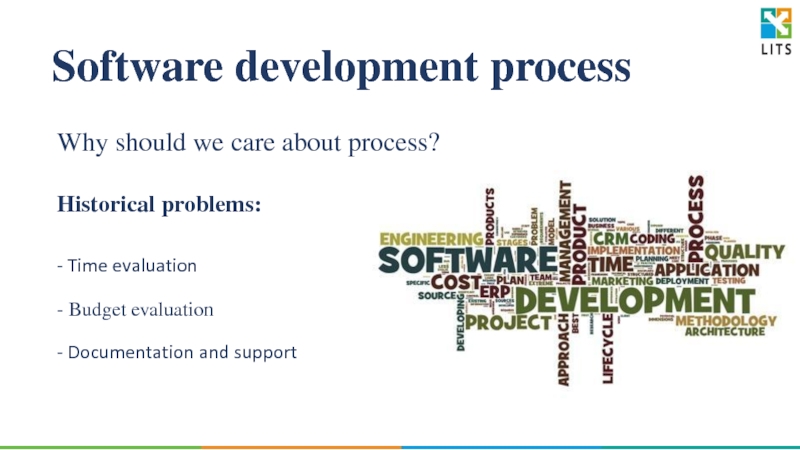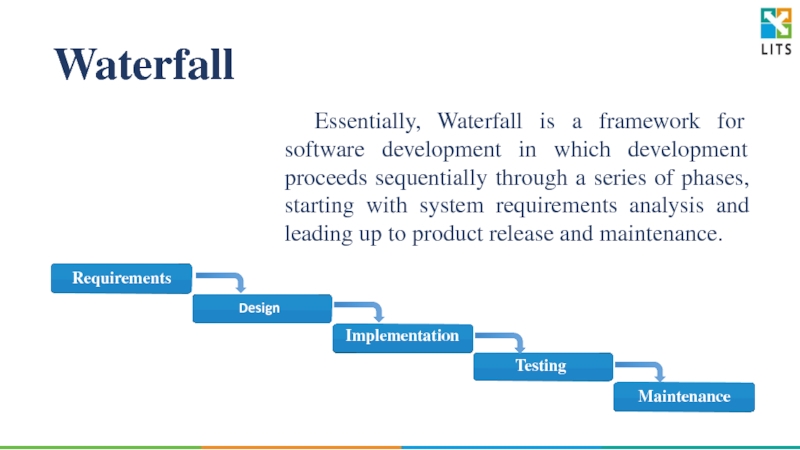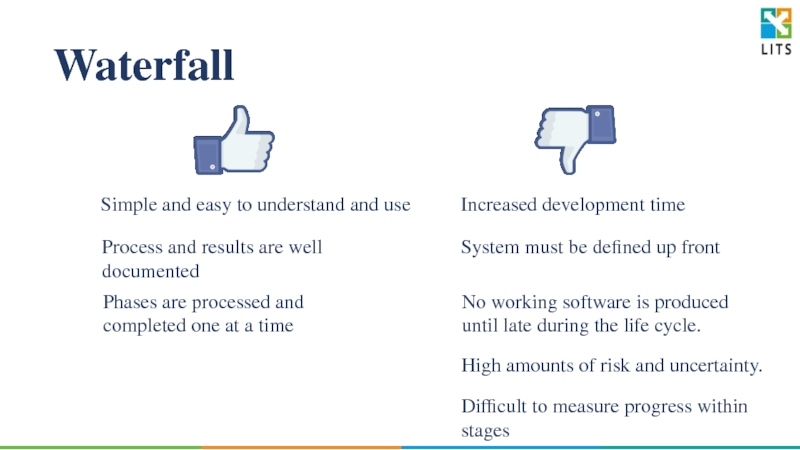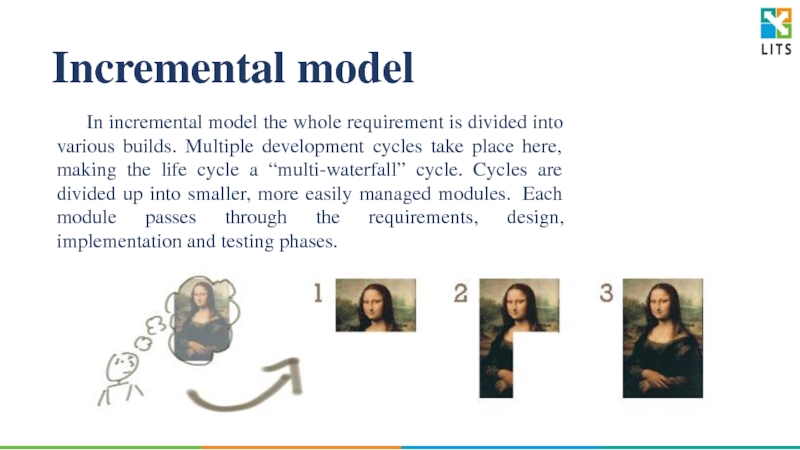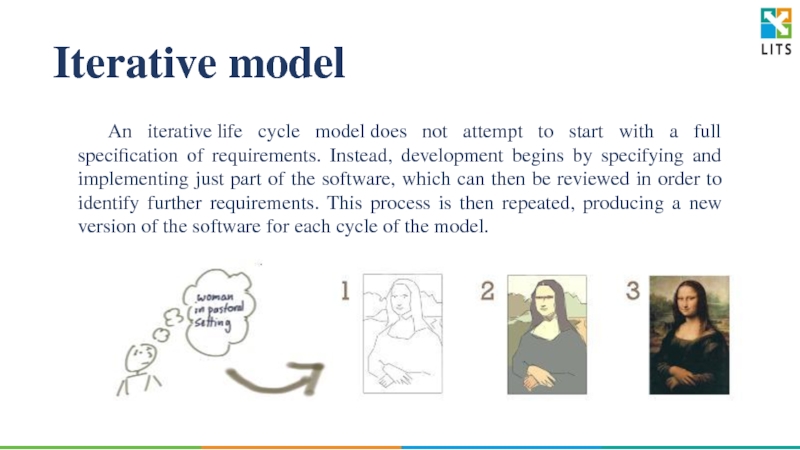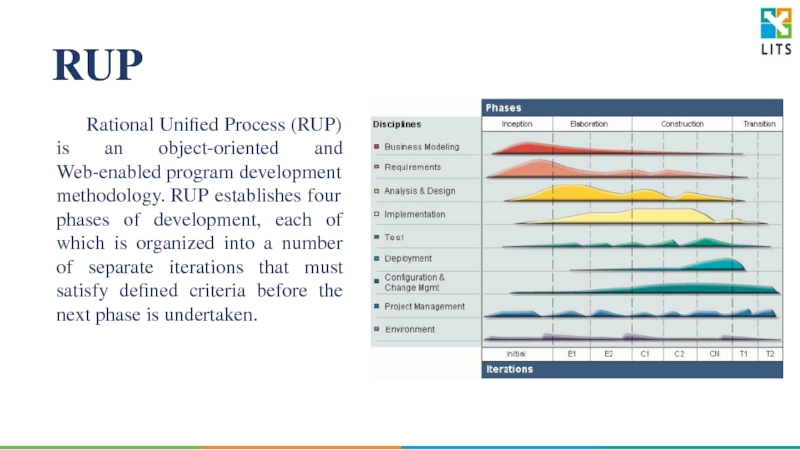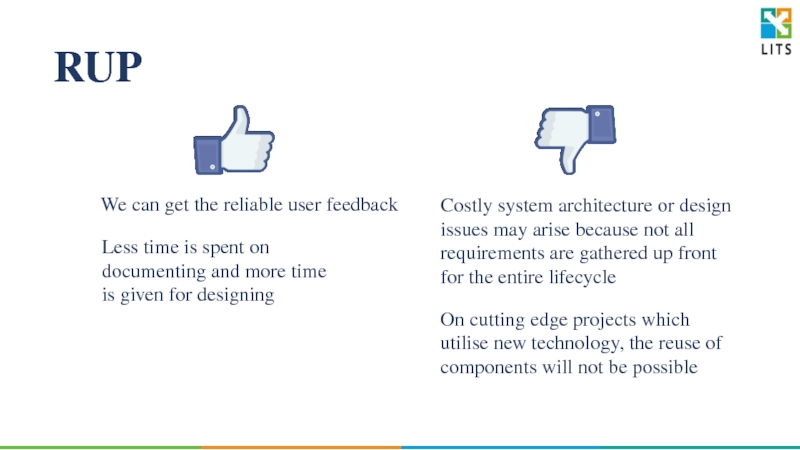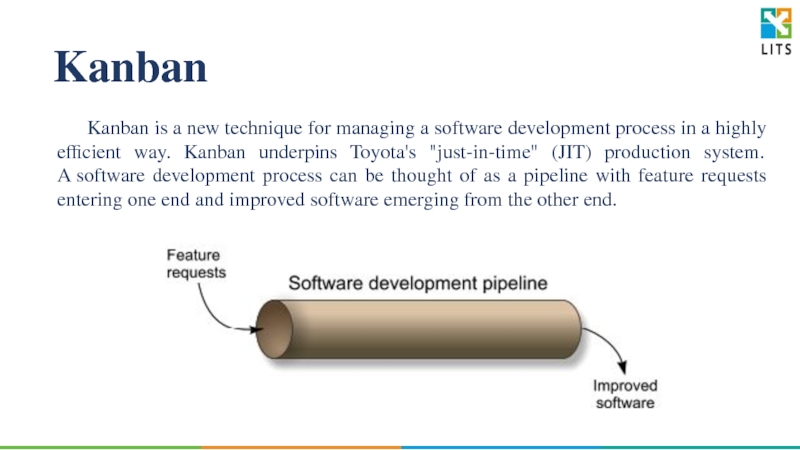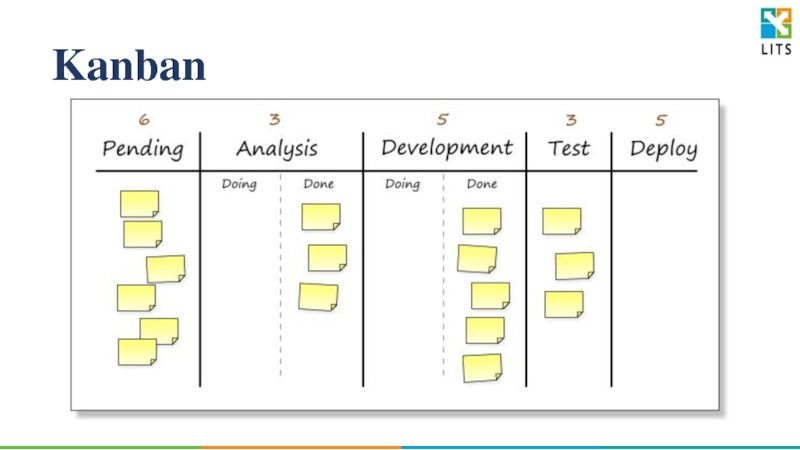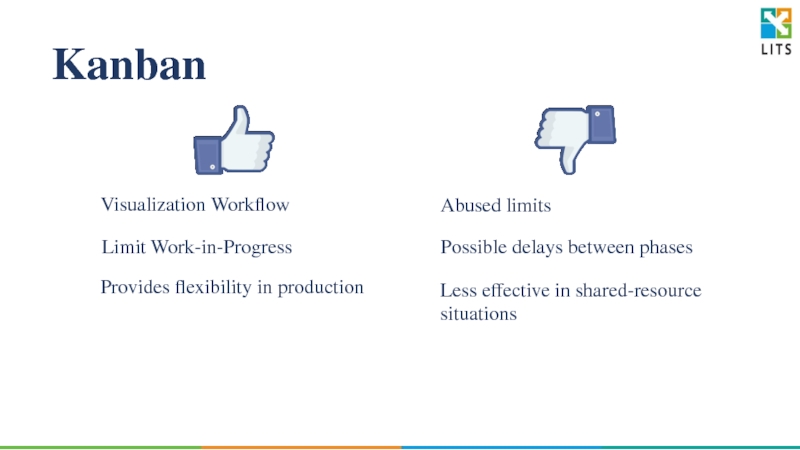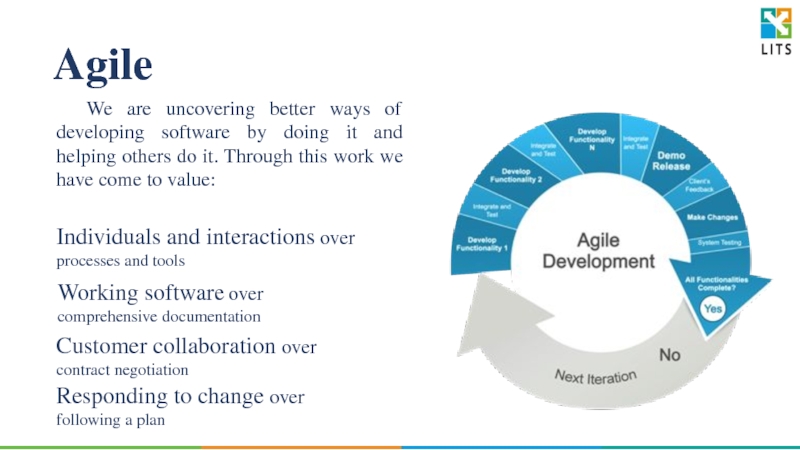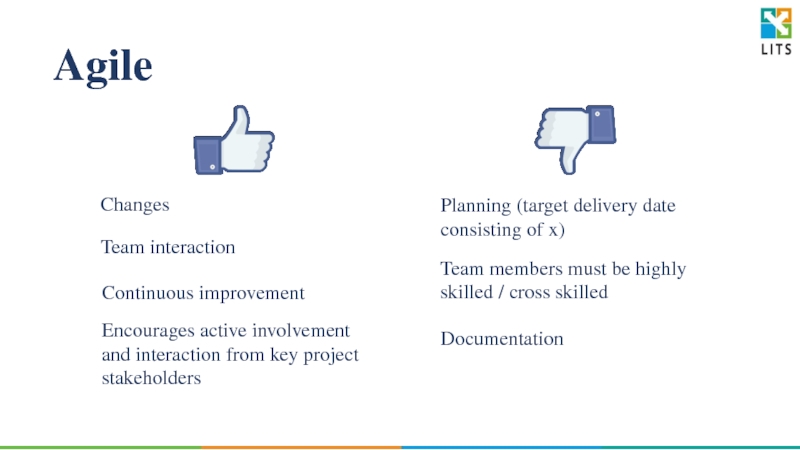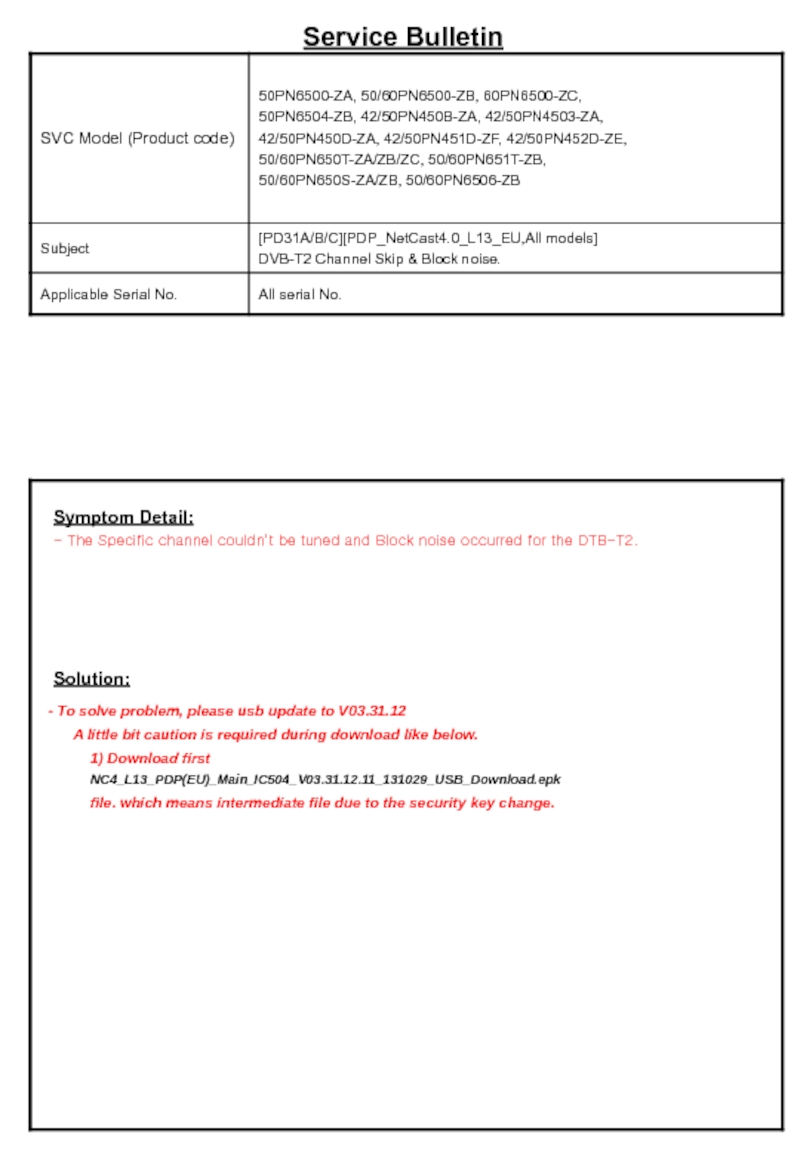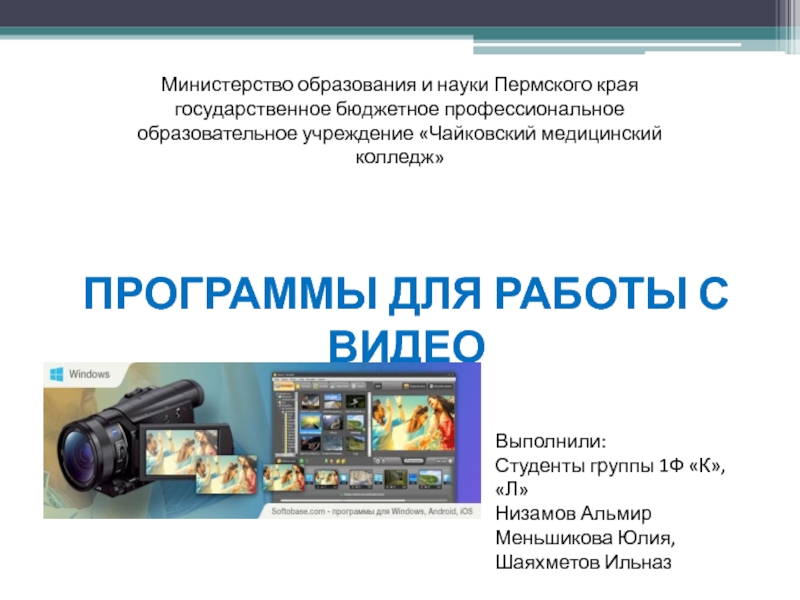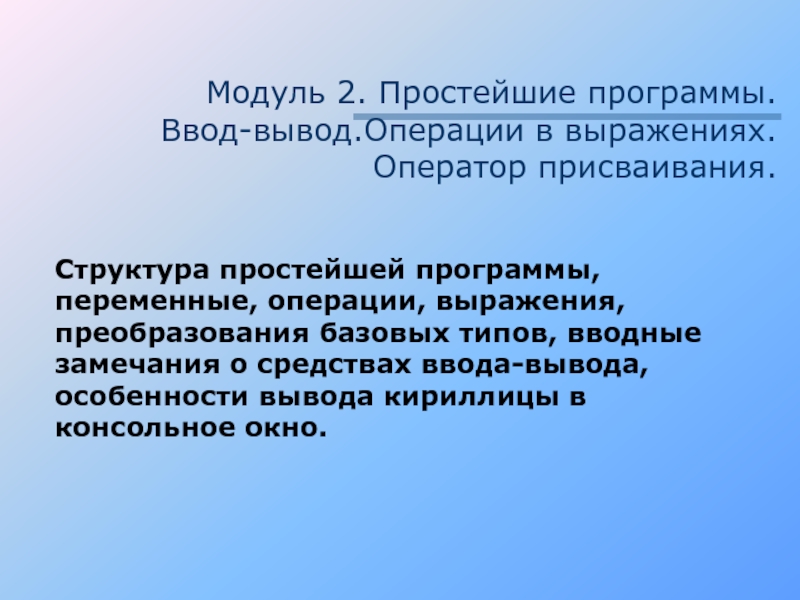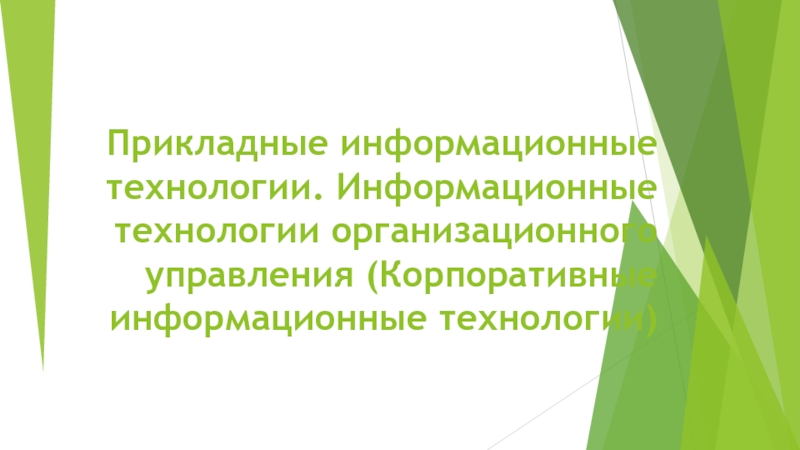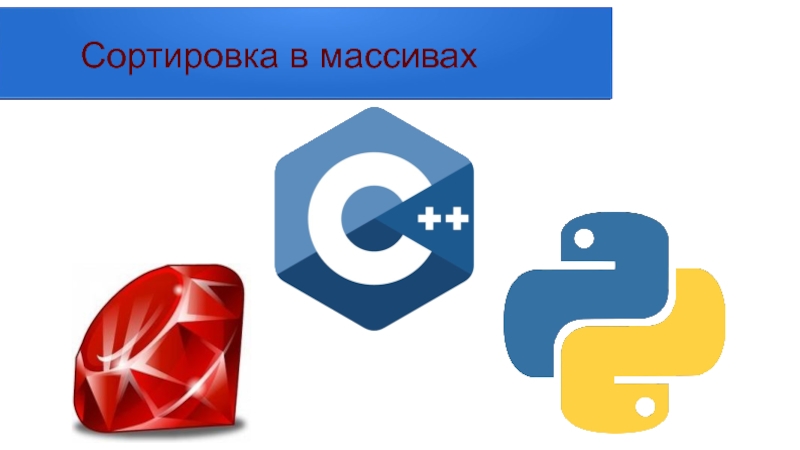- Главная
- Разное
- Дизайн
- Бизнес и предпринимательство
- Аналитика
- Образование
- Развлечения
- Красота и здоровье
- Финансы
- Государство
- Путешествия
- Спорт
- Недвижимость
- Армия
- Графика
- Культурология
- Еда и кулинария
- Лингвистика
- Английский язык
- Астрономия
- Алгебра
- Биология
- География
- Детские презентации
- Информатика
- История
- Литература
- Маркетинг
- Математика
- Медицина
- Менеджмент
- Музыка
- МХК
- Немецкий язык
- ОБЖ
- Обществознание
- Окружающий мир
- Педагогика
- Русский язык
- Технология
- Физика
- Философия
- Химия
- Шаблоны, картинки для презентаций
- Экология
- Экономика
- Юриспруденция
Software Development Life Cycle презентация
Содержание
- 1. Software Development Life Cycle
- 2. Agenda: Overview History Waterfall. Incremental model RUP. Iterative model Kanban Agile Q&A
- 3. Overview A software development lifecycle is essentially
- 4. History 50’s – 60’s first known process
- 5. Software development process Why should we care
- 6. Waterfall Essentially, Waterfall is a framework for
- 7. Waterfall Simple and easy to understand and
- 8. Incremental model In incremental
- 9. Iterative model An iterative life
- 10. RUP Rational Unified Process
- 11. We can get the reliable user feedback
- 12. Kanban Kanban is a
- 13. Kanban
- 14. Visualization Workflow Limit Work-in-Progress Abused limits Possible
- 15. Agile We are uncovering
- 16. Changes Team interaction Planning (target delivery date
Слайд 3Overview
A software development lifecycle is essentially a series of steps, or
Wiki:
In software engineering, a software development methodology (also known as a system development methodology, software development life cycle, software development process, software process) is a division of software development work into distinct phases (or stages) containing activities with the intent of better planning and management. It is often considered a subset of the systems development life cycle.
Слайд 5Software development process
Why should we care about process?
Historical problems:
- Time evaluation
-
- Documentation and support
Слайд 6Waterfall
Essentially, Waterfall is a framework for software development in which development
Requirements
Design
Implementation
Testing
Maintenance
Слайд 7Waterfall
Simple and easy to understand and use
Process and results are well
Phases are processed and completed one at a time
Increased development time
System must be defined up front
No working software is produced until late during the life cycle.
High amounts of risk and uncertainty.
Difficult to measure progress within stages
Слайд 8Incremental model
In incremental model the whole requirement is divided into various
Слайд 9Iterative model
An iterative life cycle model does not attempt to start with a
Слайд 10RUP
Rational Unified Process (RUP) is an object-oriented and Web-enabled program development
Слайд 11We can get the reliable user feedback
Less time is spent on
Costly system architecture or design issues may arise because not all requirements are gathered up front for the entire lifecycle
On cutting edge projects which utilise new technology, the reuse of components will not be possible
RUP
Слайд 12Kanban
Kanban is a new technique for managing a software development process
Слайд 14Visualization Workflow
Limit Work-in-Progress
Abused limits
Possible delays between phases
Less effective in shared-resource situations
Provides
Kanban
Слайд 15Agile
We are uncovering better ways of developing software by doing it
Individuals and interactions over processes and tools
Working software over
comprehensive documentation
Customer collaboration over contract negotiation
Responding to change over
following a plan
Слайд 16Changes
Team interaction
Planning (target delivery date consisting of x)
Team members must be
Continuous improvement
Encourages active involvement and interaction from key project stakeholders
Documentation
Agile

